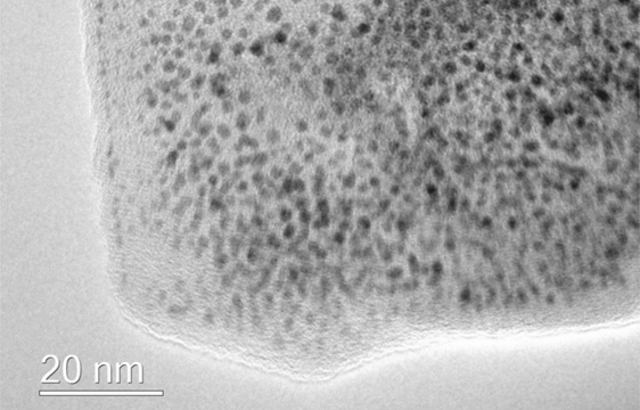
In the study published in Nanoscale, scientists produced graphene via a scalable technique and used it to develop the catalysts. The research team, involving scientists from Queen Mary University of London (QMUL) and University College London (UCL), showed that this new type of graphene-based catalyst was more durable than commercially available catalysts and matched their performance.
Graphene flakes show potential as surfactant
Platinum is the most widely used catalyst for these fuel cells, but its high cost is hindering the commercialisation of hydrogen fuel cells. Commercial catalysts are typically made by applying platinum nanoparticles onto a carbon support, but the poor durability of the material reduces the lifetime of current fuel cells.
According to QMUL, previous research has suggested that graphene could be an ideal support material for fuel cells due to its corrosion resistance, high surface area and high conductivity. The graphene used in most experiments to-date contains defects and the predicted improved resistance has not been achieved.
The technique described in the study produces high-quality graphene decorated with platinum nanoparticles in a one-pot synthesis, a process that could be scaled up for mass production.
In a statement, Prof Dan Brett, Professor of Electrochemical Engineering at UCL, said: “Satisfying global energy demands without damaging the environment is one of the great modern challenges.
"Hydrogen fuel cells can provide cleaner energy and are already used in some cars as an alternative to petrol or diesel. However, a big barrier to their widespread commercialisation is the ability for catalysts to withstand extensive cycling required for their use in energy applications.
"We’ve shown that by using graphene instead of the typical amorphous carbon as a support material we can create ultra-durable catalysts.”
The researchers confirmed the durability of the graphene-based catalyst using accelerated stress tests which deliberately stress the catalyst rapidly over many cycles in a short space of time. This allowed scientists to assess the stability of new materials without having to use them in an operational fuel cell over a period of months or years.
Using these tests, the scientists showed that loss in activity over the same testing period was around 30 per cent lower in the newly developed graphene-based catalyst, compared with commercial catalysts.




Poll: Should the UK’s railways be renationalised?
The term innovation is bandied about in relation to rail almost as a mantra. Everything has to be innovative. There is precious little evidence of...